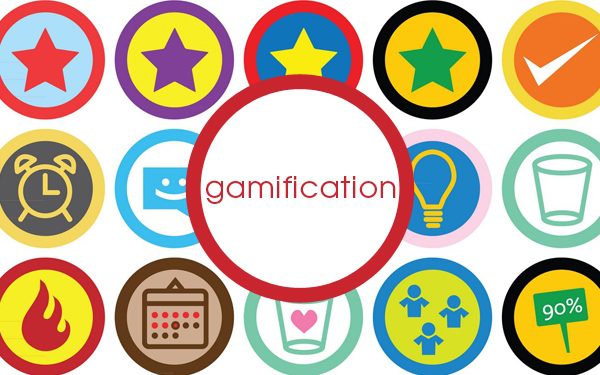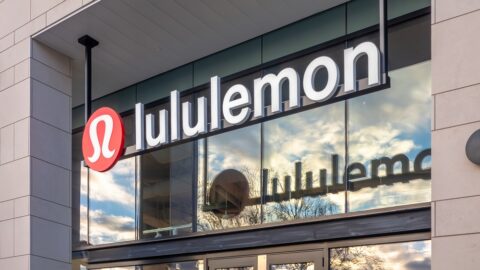While gamification can add fun and excitement to a retailer’s marketing or engagement strategy, it can also induce positive behaviors from customers and employees, leading to an enhanced brand experience and greater sales.
During the webinar, titled: Gamification: The Long And Short Of It, executives from Badgeville and Stanford University discussed the ways retailers can use game-like techniques to meet various business objectives.
“Fundamentally, gamification is taking techniques and the psychology behind games, and using it to get more people to do more stuff more often, and for longer periods of time,” said Steve Sims, VP of Solutions and Design and Founder of the Behavior Lab at Badgeville. “It can help your sales people be more productive, or it can boost engagement for your social channel or loyalty program.”
Gamification also can empower businesses to motivate “players” — whether they want to educate employees on company policies or encourage customers to provide personal data in exchange for rewards.
“The short and fast parts of motivation are the parts that are unconscious, effort free and happen in fractions of a second,” said Byron Reeves, Professor at Stanford University and Co-Founder of Seriosity. “This kind of motivation happens because we are humans. We have evolved in a way to have this kind of motivation so we pass on genes to subsequent generations and other primitive behaviors caused by competition. Now we’re bringing these old brains to new media and to work situations.”
Balancing Short- And Long-Term Motivation
In addition to the quick and at times unconscious aspects of motivation, the long-term effects of motivation are equally important in understanding players’ plans and goals. Both levels of motivation can be advantageous to a business in a variety of ways. For example, retailers can collect detailed behavioral data about customers, as well as feedback from employees that can be used to improve decision-making processes. That is way it is important to tap both forms while creating a gamification strategy.
“You want to choreograph the fast and slow aspects of motivation when forming a gamification strategy,” Reeves explained. “You need to think about these game solutions in multiple time domains, and it’s good to know what the possibilities are in the longer time domain even though you need to start in the short ones. Have a vision of the full possibilities to think about changing the entire nature at work.”
Strong narratives created in games and challenges can help spur motivation, and in turn, action. Employees and customers can establish a deeper connection by “jumping inside the story,” which gives retailers more information to frame future interactions, according to Reeves.
Reeves added: “Being a part of the story is a significant increment in engagement. Our brains are built to process the world in relation to stories, and they can be really important for changing behavior with other game ingredients.”
Gamification also can encourage teamwork among groups of customers as well as employees. For customers, collaboration can create a thriving community, which helps drive communication and engagement. This offers retailers an opportunity to collect feedback about customer sentiment and perspectives. Encouraging cooperation among employees, however, is essential to boosting overall productivity, which will help enhance the in-store experience.
“The concept of teams is a primitive designation that people attach a lot of value to,” Reeves said. “You want to come up with the right level of abstraction that will create the best balance between cooperation and competition.”
Click here to access an on-demand version of the webinar.













